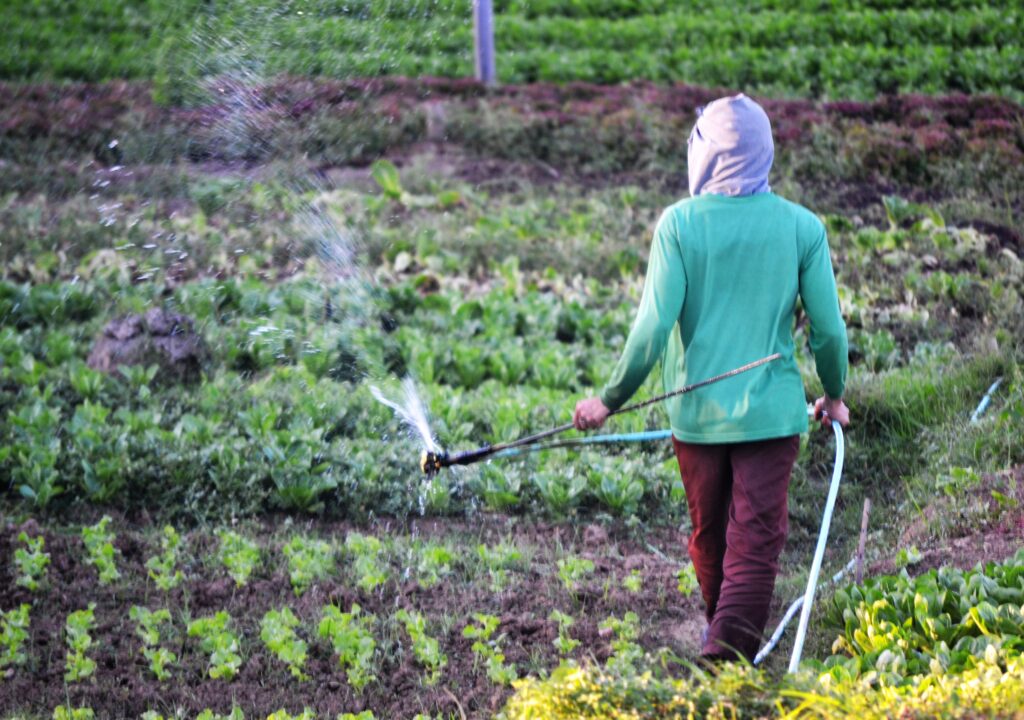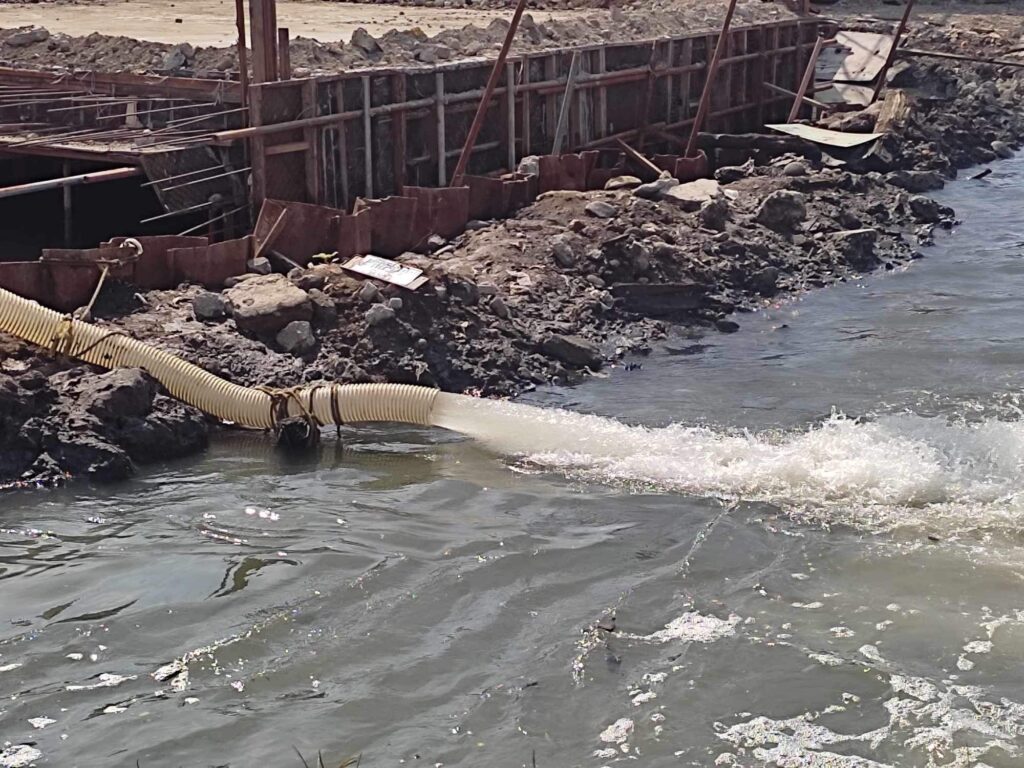What happens to the water you use to take a bath? Where does the water go after you use it to wash your clothes, or clean vegetables, fish and meat?
The used water is called wastewater, which includes food scraps, oils, soaps, chemicals and even human waste. In homes, this also covers water from sinks, showers, bathtubs, toilets and washing machines.
Economic activities (such as agriculture, manufacturing, mining, and institutions like offices, hospitals and schools) produce wastewater that has to be collected and treated to avoid environmental pollution and health risks.
“Metro Manila alone generates about 2 million cubic meters of wastewater every day,” said Jonathan Breton, general manager of Grundfos Philippines. However, in the Philippines, only 10 percent of wastewater is treated.
Wastewater is still 99.9-percent water. The 0.1 percent that is removed contains organic matter, microorganisms and inorganic compounds. Wastewater effluents are released into a variety of environments, such as lakes, ponds, streams, rivers, estuaries and oceans.
Toxic compounds in the effluents disrupt aquatic ecosystems. When large amounts of biodegradable substances end up in the water, organisms start to break them down, using a lot of dissolved oxygen.
Dissolved oxygen is critical for marine life to thrive, and as it becomes depleted, it can be life-threatening for marine species.
Wastewater can also cause pollution in the bodies of water where it is being released. Aside from doing physical and biological damage to mangroves, seagrasses and coral reefs, it pollutes the air and surrounding areas.
If you happen to come in contact with wastewater or its products, you could end up exposed to harmful microorganisms that can cause illnesses such as gastroenteritis (diarrhea or vomiting), giardiasis and cryptosporidiosis (severe stomach cramps, diarrhea or vomiting).
Long considered an environmental and health hazard, wastewater is now being seen as possessing untapped potential as an alternative energy and clean water source to offset fertilizer use, according to a report released by the United Nations Environment Program.
The UNEP report warned that only 11 percent of treated wastewater is reused, while around half of the world’s untreated wastewater still enters rivers, lakes and seas.
In addition, carbon dioxide emissions from wastewater are substantial, hovering slightly below those from the global aviation industry.
But with the right policies in place, wastewater could provide alternative energy to half a billion people, supply over 10 times the water obtained through desalination processes and reduce the demand for synthetic fertilizers.

“Globally, wastewater is full of potential, yet it is currently allowed instead to contaminate the ecosystems we rely on,” said Leticia Carvalho, head of Marine and Freshwater Branch at UNEP.
“We must not let the opportunity simply disappear down the drain: It’s time to realize the promise of wastewater as an alternative source of clean water, energy and important nutrients.”
The report highlighted wastewater’s potential to morph from a climate concern to a solution. By generating biogas, heat and electricity, wastewater could produce five times more energy than is needed for its treatment.
Moreover, proper wastewater management could help countries adapt to climate change and reduce water insecurity. Reusing nitrogen, phosphorus and potassium from wastewater could offset 13.4 percent of the global agricultural nutrient demand.
Proper management of wastewater also has the potential to irrigate around 40 million hectares — an area larger than Germany.
The UNEP report features successful wastewater management examples from various countries, both high and low-income, including China, Colombia, Denmark, Egypt, Germany, India, Israel, Namibia, Senegal, Sweden, Singapore, the Solomon Islands and Tunisia, as well as from the Caribbean region.
The initiatives demonstrate the potential for scalable solutions across multiple climate zones and economies.
Finally, the report also urges governments and businesses to look at wastewater as a “circular economy” opportunity, outlining the potential jobs and revenue the valuable resource can generate.
“We need to keep the pressure up to improve some critical underlying conditions if these actions are to succeed,” said Peter Harris, director of GRID-Arendal, a Norwegian non-profit organization.
